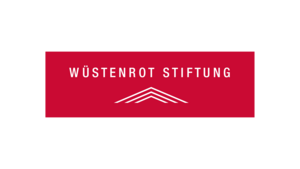Olbernhau is located in the upper Flöha valley near the border with the Czech Republic. The small town with around 10,300 inhabitants has formed the border between the eastern and western Ore Mountains for centuries - so it is literally "in the middle of the Ore Mountains". The area was settled in the 12th or 13th century, Olbernhau was first mentioned in documents in 1434 and the first evidence of mining activities dates back to 1511. The Saigerhütte Olbernhau/Grünthal smelting works, around 2.5 kilometres from the historic town centre with its market square, town church and manor house, is unique: the almost completely preserved smelting complex, dating back to 1537, was used for centuries to separate silver and copper and for copper processing - Grünthal roof copper once adorned Dresden's Frauenkirche, Ulm Minster and St. Stephen's Cathedral in Vienna, for example. Today, the site with its museum and copper hammer is part of the UNESCO World Heritage Ore Mountains/Krušnohoří Mining Region.
Olbernhau is also a centre of folk art in the Ore Mountains: the famous little nutcracker rider and the smoker's stool were invented here. In Olbernhau's show workshops, you can also watch Christmas pyramids and candle arches being made in both summer and winter. As the "town of the seven valleys", Olbernhau also has a delightful environment that can be actively explored on 330 kilometres of trails with connections to four major European hiking trails.
Jay Gard: Plywood
Art and sculpture trail PURPLE PATH
With his large-format sculpture Plywood, made from powder-coated sheet steel, artist Jay Gard ironically combines the world-famous Hollywood landmark with the history and disappearance of wood and copper production in Olbernhau. Jay Gard was born in Halle/Saale in 1984 and grew up in Karl-Marx-Stadt (Chemnitz). He now lives and works in Berlin.

















































